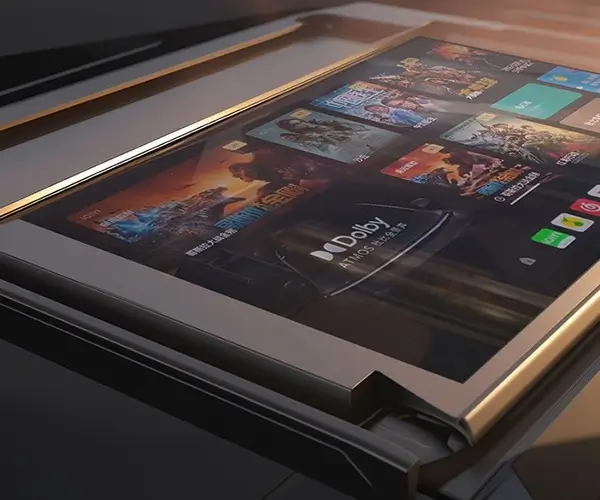When it comes to precise control in robotics, automation, or DIY projects, the combination of a servomotor and Raspberry Pi can really elevate your work. If you're thinking about enhancing your setup, you’ve probably already come across the term "servomotor" and wondered how to integrate it with a Raspberry Pi board. Well, let's break it down.

A servomotor, in simple terms, is a motor that allows you to control an object’s rotation with high accuracy. This is perfect for robotics, camera control, or anything where precise movement matters. You can find servos used everywhere from simple toys to complex industrial machines. But integrating them with Raspberry Pi? That’s where things get interesting. Raspberry Pi, known for its versatility, provides the processing power while the servomotor does the heavy lifting in terms of movement.
So, why is this combination so great?
Let’s start with the flexibility. Raspberry Pi is not just about computation; it also has GPIO (General Purpose Input/Output) pins that you can use to send control signals to a servomotor. The beauty of this is that it allows you to program and automate movement with ease, all from the comfort of your Raspberry Pi interface.
Let’s say you’re building a simple robotic arm. With a servomotor and Raspberry Pi, you can easily program the arm to move up, down, left, right, or even in a circular motion—basically, all the kinds of motions that are crucial for your project. The servos offer precision, while the Raspberry Pi provides the control.
Now, you might be wondering, “Is it difficult to set up?” It’s actually pretty straightforward, especially with the right guidance. You’ll need a few basic things: the Raspberry Pi itself, a power supply, jumper wires, and of course, the servomotor. If you're using multiple motors, a separate power supply for the motors will keep everything running smoothly.
Once you’ve connected the servomotor to the Pi’s GPIO pins, you can start coding. The Raspberry Pi’s Python libraries for GPIO make controlling the servos simple. You can create scripts that move the motors at specific angles, control their speed, or even automate movements over time. It’s the kind of flexibility that makes Raspberry Pi a dream for creators and hobbyists alike.
Here’s a pro tip: when using a servomotor with Raspberry Pi, always check the voltage requirements. Sometimes, the Pi’s GPIO pins might not provide enough current to power the motor, so an external power supply might be necessary. But no worries—this is easy to set up, and there are plenty of tutorials out there to guide you.
But what about real-world applications? Take a look at drone enthusiasts, for example. Many of them use servomotors to control the yaw and pitch of their drones. Or in home automation, servos can be used to open and close windows, adjust blinds, or even control the movement of a camera. The possibilities really are endless.
If you're wondering whether this setup can handle advanced tasks, the answer is a resounding yes. With the power of Raspberry Pi and the precision of servomotors, you can take your projects from basic to advanced in no time. The versatility of both tools makes them perfect companions for everything from personal projects to serious professional work.
In the end, whether you’re building a robot, setting up a camera system, or just experimenting with automated motion, pairing a Raspberry Pi with a servomotor gives you the best of both worlds. It’s a combination that gives you full control over your project with minimal effort, making it a popular choice for makers and innovators around the globe.
Established in 2005, Kpower has been dedicated to a professional compact motion unit manufacturer, headquartered in Dongguan, Guangdong Province, China. Leveraging innovations in modular drive technology, Kpower integrates high-performance motors, precision reducers, and multi-protocol control systems to provide efficient and customized smart drive system solutions. Kpower has delivered professional drive system solutions to over 500 enterprise clients globally with products covering various fields such as Smart Home Systems, Automatic Electronics, Robotics, Precision Agriculture, Drones, and Industrial Automation.




































